
-
Updating Roman Jakobson’s ‘Poetic Function’ with Vector Semantics
Read more: Updating Roman Jakobson’s ‘Poetic Function’ with Vector SemanticsKurzynski discusses how poetry extends beyond sound and rhythm and taps into a deeper network of meanings.


Kurzynski discusses how poetry extends beyond sound and rhythm and taps into a deeper network of meanings.

Bill Angus tells us five things you (probably) didn't know about crossroads.
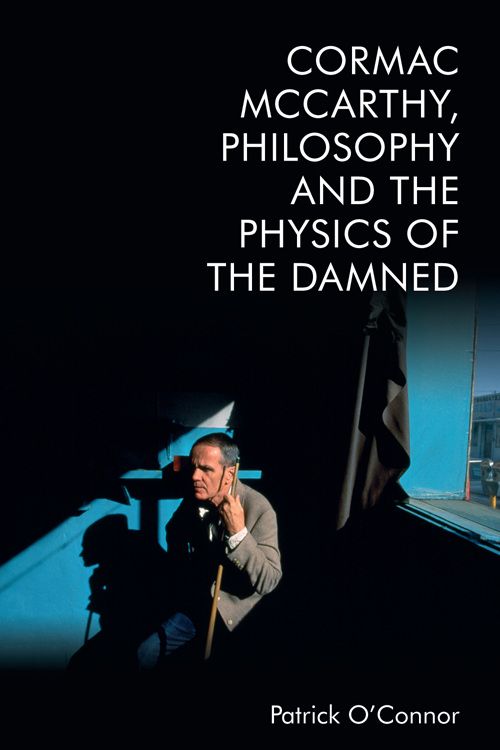
Q. Tell us a bit about your book A. Cormac McCarthy, Philosophy and the Physics of the Damned is really a book about the importance of philosophy for literature. In it, I look at how one writer uses philosophy to…
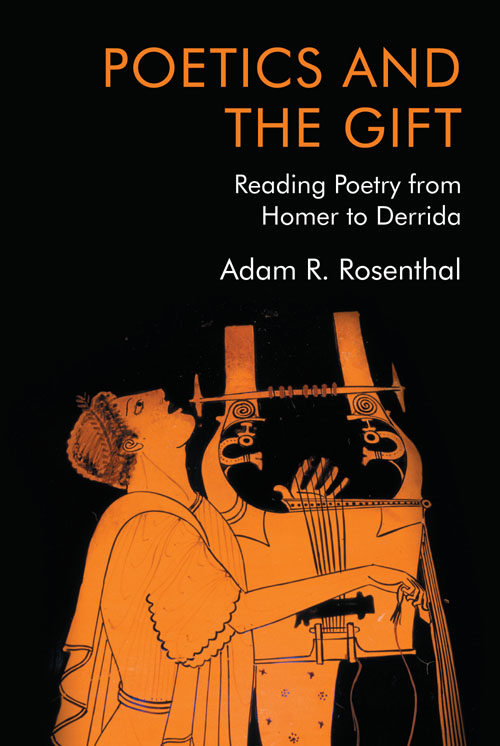
"The gift—what we call “the gift” and “giving”—appears to have at least two distinct functions, and one would be hard pressed to decide between them."
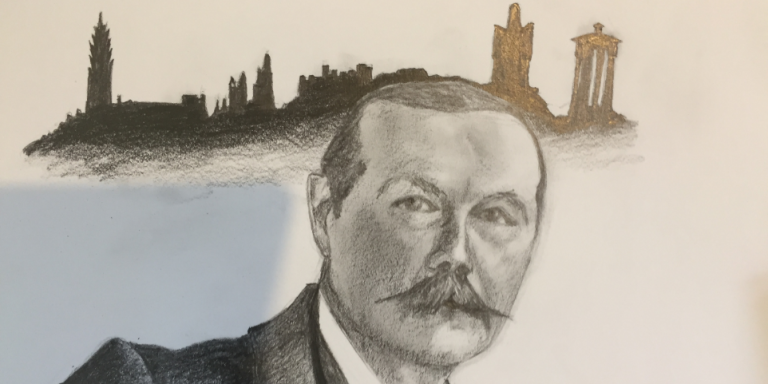
by Douglas Kerr There are dozens of biographies of Arthur Conan Doyle, the creator of Sherlock Holmes and one of the most popular storytellers in English. But his own account of his life, Memories and Adventures, published in 1924, is…
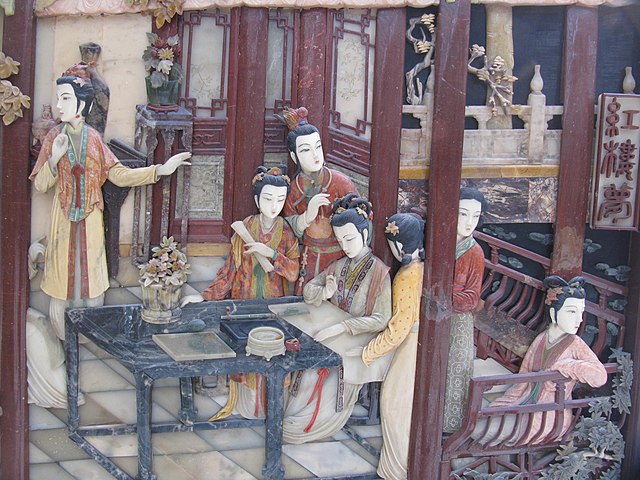
by Xiaofei Shi and Labao Wang Does Chinese children’s literature have a prehistory? While it is presumptuous to date the history of Chinese children’s literature all the way back to the Eastern Jin Dynasty (317–420) when the tale ‘Li Ji’…
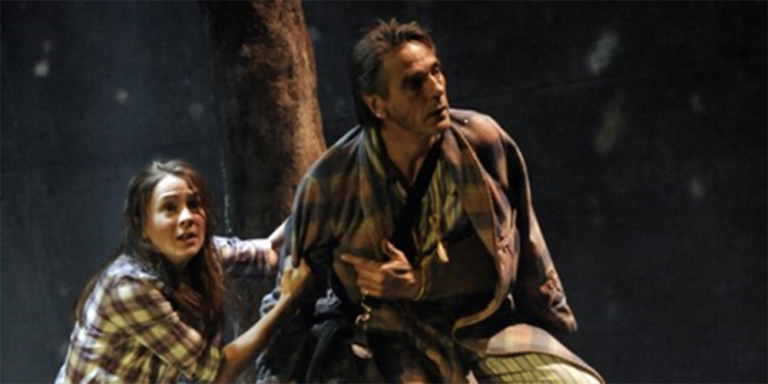
by Dr Richard Ashby Dr Richard Ashby analyses the 2010 Dennis Kelly play The Gods Weep, showing that playwright Dennis Kelly appropriates King Lear to interrogate the relationship between the Holocaust and climate change. Near the end of the 2010…

By Erik Eklund C. S. Lewis is best known for his introductory exposition of Christianity, Mere Christianity (1952), as well as his series of children’s books, The Chronicles of Narnia (1950–56), yet, notwithstanding his numerous theological works, his identity as…

By Laura McCormick Kilbride, Ruth Jackson Ravenscroft, and Simone Kotva Is reading a theological activity? This is a question which only invites further questions. How a person responds to it will reveal as much about their presuppositions and their training…

by Jürgen Pieters The painting on my new book’s cover was made by the Viennese artist Friedrich Frotzel (1898-1971). Its title – ‘The Old Bookcase’ – makes it even more appropriate. The library of comfort, as I make clear in…